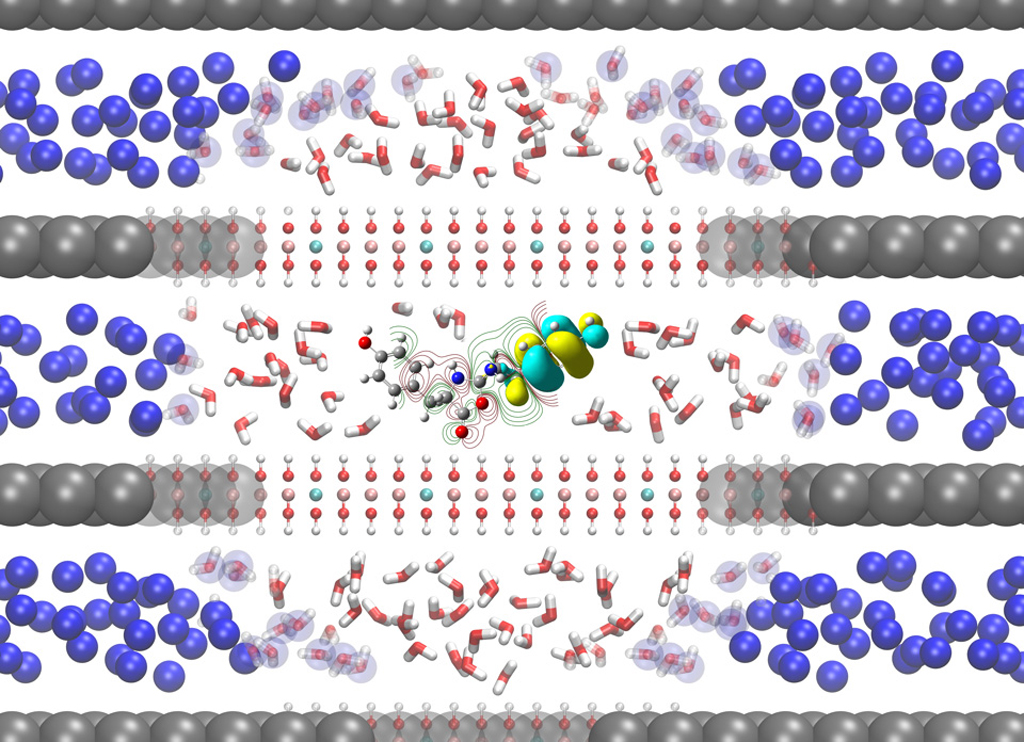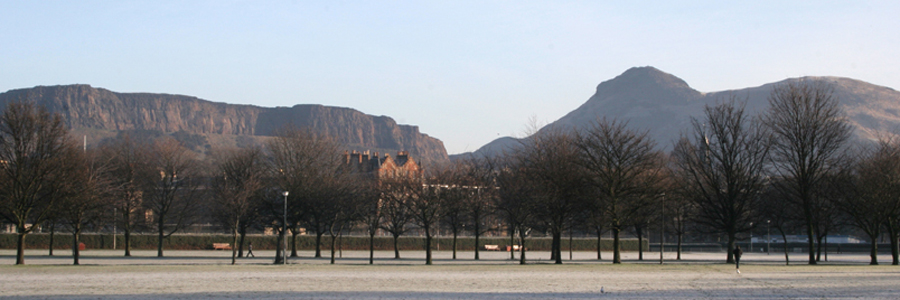Computational chemistry studies of clay minerals - bridging length and time-scales

As analytical methods such as atomic force and scanning electron microscopy increasingly provide nanoscale information about processes occurring in layered minerals, the atomic resolution of computer simulation methods has become a natural adjunct to understand processes and structure at clay surfaces. Electronic structure simulations provide insight into redox processes, chemical reactivity at surfaces, and allow comparison with spectroscopic methods. Molecular mechanics approaches, where electrons are not included, are allowing the study of increasingly large systems and longer timescales. As well as structural properties, phenomena such as adsorption, ion effects and thermodynamic properties are increasingly extracted from such simulations. In recent years, these methods have been coupled together, along with coarse-grained molecular dynamics (where groups of atoms are coalesced) and phenomena such as intercalation or exfoliation may be studied. This session will provide an up-to-date overview of computer simulations applied to layered mineral science.














